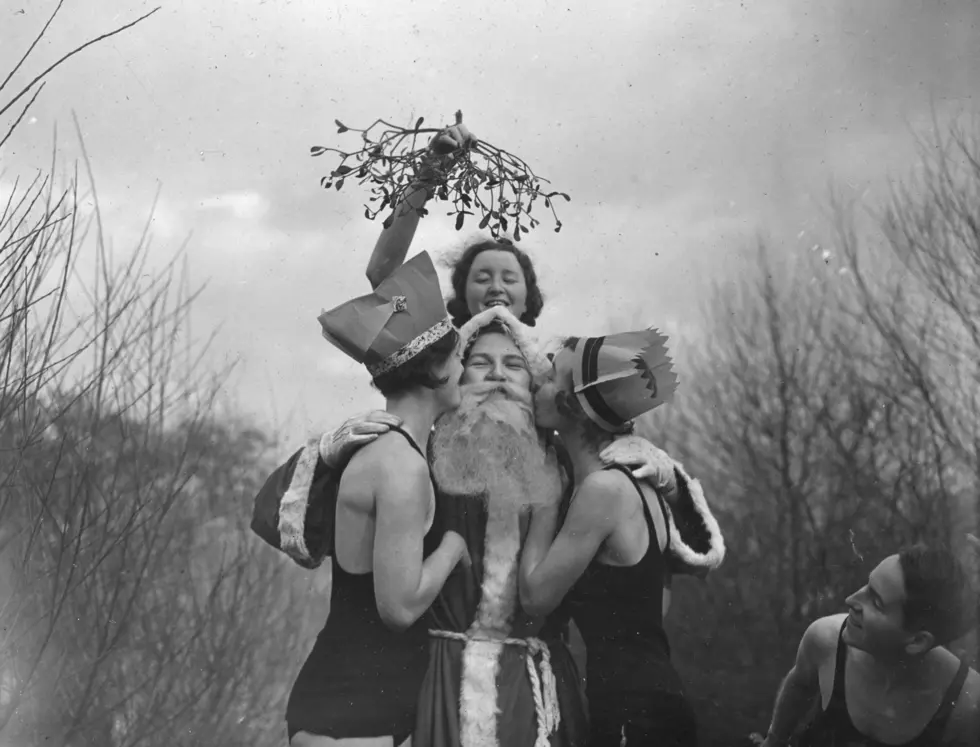
Are You Kissing Under Poo on a Stick This Christmas
Some holiday traditions have some pretty odd beginnings, and mistletoe is no exception.
If you've ever tried to sneak a kiss under the mistletoe, you're gonna love this one.
The traditional holiday plant, usually hung under a doorway, is part of a traditional Christmas, but it wasn't always that way.

Mistletoe is an ancient symbol of fertility and virility. The ancient Druids thought the plant could heal illnesses, protect against nightmares, and even predict the future. They were likely the first to decorate with it.
According to LiveScience.com, the tradition of kissing under mistletoe actually started in ancient Greece "during the festival of Saturnalia and later in marriage ceremonies, because of the plant's association with fertility. During the Roman era, enemies at war would reconcile their differences under the mistletoe, which to them represented peace. Romans also decorated their houses and temples with mistletoe in midwinter to please their gods."
"There is also a Nordic myth concerning mistletoe, and it goes like this: The plant was sacred to Frigga, the goddess of love, but Loki, commonly known as the god of mischief, shot Frigga's son with a spear or, in some tellings, an arrow carved from mistletoe. Frigga revived her son under the mistletoe tree and decreed that anyone who stands under the mistletoe tree deserves not only protection from death, but also a kiss." Wait - the Avengers were involved?
"Mistletoe" itself has a less-than-festive literal meaning as well. Mistle thrush birds eat the plant's berries, digesting the seeds. The bird's droppings then serve to "plant" more mistletoe. The Germanic word for mistletoe literally means "dung on a twig."
Plus, mistletoe is vaguely poisonous. The plant contains toxic amines, and eating its berries can cause vomiting and stomach pain.
Pucker up.
More From 96.1 The Eagle









